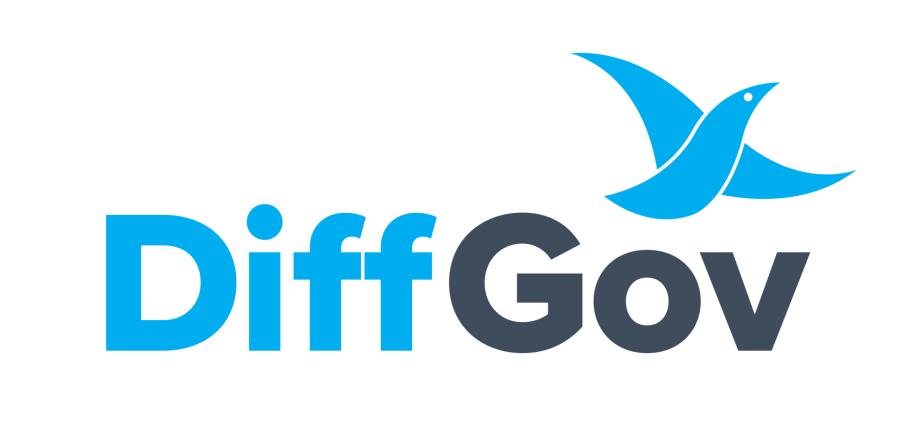Is Europe’s future “multi-speed”? Today seems like „Nothing but Schengen“ type of cooperation matters

The European Union (EU) has been experiencing turbulent times recently, deepening divergences between 27 Member States’ already-differentiated opinions about further relationship. Achieving unanimity is not easy, especially in more sensitive areas, such as law, security, or foreign policy. Most concerning might be migration, where different perceptions of shared responsibilities, challenges and threats spill over, preventing cooperation in other policy areas.
One approach to addressing these differences getting attention is the idea of a “multi-speed” Europe, which allows Member States more choice over which policies they adopt, and how quickly. What are the arguments for and against a multi-speed Europe? And what are the positions of various EU Member States? Below is a brief summary, as well as an explanation of what this concept could bring for the future of Europe.
The EU’s 1999 Amsterdam Treaty established a procedure of “enhanced cooperation” that allows a minimum of nine states to cooperate on diverse matters such as patents, divorce law and the European Public Prosecutor. The 2009 Lisbon Treaty introduced the possibility for permanent structured cooperation (PESCO) in military matters. Flexible modes of cooperation permit European policies to evolve further, preventing the unwillingness of some states to detain the integration of others.
What are the positions of Member States?
The EU Member States can be roughly divided into three groups based on their perception of a multi-speed Europe.
Firstly, the Member States most in favour are the core of the original members: Germany, France, Italy, Spain and the Benelux countries generally agree on a multi-speed Europe. Namely, French President Macron is a strong supporter of a multi-speed Europe, which he has expressed several times by stating the need to move forward instead of standing still. The countries in favour view the proposal as a flexible way towards a future for Europe where it would be more manageable to respond to immediate as well as longer-term challenges.
Secondly, the Member States against this approach are the Balkan states (Romania, Bulgaria, Croatia, Greece) and the Visegrad Group (Poland, Hungary, Slovakia, Czechia). They are concerned about being left on the periphery of the EU and thus, being left out of integration. Austria, Sweden and Cyprus are opposed to the idea as well. Austria’s president said about a multi-speed Europe that, “the one who is ahead does not hear the one who is behind him, but if you are walking next to me, we can communicate and exchange our opinions”.
Finally, the countries that are hesitant on the issue — Finland, Denmark, Portugal or Estonia — have not shaped a clear position on the proposal. Although, they are more prone to disagree with the concept, they tend to wait for the final decision of the majority.
Is a multi-speed Europe the future?
The way the EU works today already incorporates flexible cooperation. Not only with enhanced cooperation but also with the euro, the Schengen Area, the Common Defence and Security Policy and the Common Foreign and Security Policy. These examples present how a multi-speed Europe could work and how Member States can benefit from it. This approach allows the EU to overcome paralysis when there is a lack of common consent, which results in more resilient cooperation.
Not only is this concept already a reality, it is also the most promising way for Europe to move forward. Firstly, many Member States are unwilling or simply unable to move forward in certain areas of the common policies (“one size does not fit all”). Regarding the fact that the EU is composed of diverse countries, the proposed concept would introduce a more flexible way of responding to Members’ specific challenges. Secondly, the concept as such would bring more flexibility to the Union. When it comes to immediate, unexpected challenges, the EU takes a long time in negotiations to agree on a common response, as shown in the migration crisis. Flexible cooperation could solve this issue. Thirdly, there are alternative approaches to a functioning multi-speed Europe (Concentric Circles, A Europe of Clubs, Hybrid Model, etc.), but they all have in common the most important feature: flexible cooperation has to ensure the same opportunities for all the Member States to participate.
Still, some Member States remain uncertain. There are differences and inequalities among them, namely the East-West differences. There are concerns that further flexibility can result in more disintegration and would mean a departure from a cohesive union. However, the current framework of European integration may have just reached its limits. The ever-complex heterogeneity of Member States leads to internal stagnation and forms an obstacle to deeper integration. Another fear is that a multi-speed Europe would lead to bigger countries dominating integration.
What’s next?
To overcome this unease, the proposal would have to be carefully designed to guarantee the same rights as well as obligations for all countries. Also, based on the EU’s objectives, the single market and economic cooperation remains the core policy of the Union, in which all of the Member States participate, and should participate in the future. This shall remain the integral circle, around which countries are united.
In the end, it all comes to the initiative that the Member States are willing to take in order to progress. For this reason, it remains unclear whether the Member States in favour can convince the rest of the Members to achieve this change in the integration process. Concerning the Political Guidelines introduced by the new President of the European Commission, Ursula von der Leyen, the EU needs to keep its competitiveness and flexibility in order to keep its position in the world. In the ever-changing arena of international relations, introducing the multi-speed Europe would mean stronger cooperation, where unity is preserved while further partnership is available for those who want it.
This article is published within GLOSBEC DIFF GOV — European Governance: Potential of Differentiated Cooperation project supported by Jean Monnet Actions of the EU’s Erasmus+ program.
The European Commission support for the production of this publication does not constitute an endorsement of the content, which reflects the views only of the authors, and the commission cannot be held responsible for any use which may be made of the information contained therein.
* Jacqueline Sirotová is a MA student at the Comenius University and a trainee at Future of Europe Programme at GLOBSEC Policy Institute
